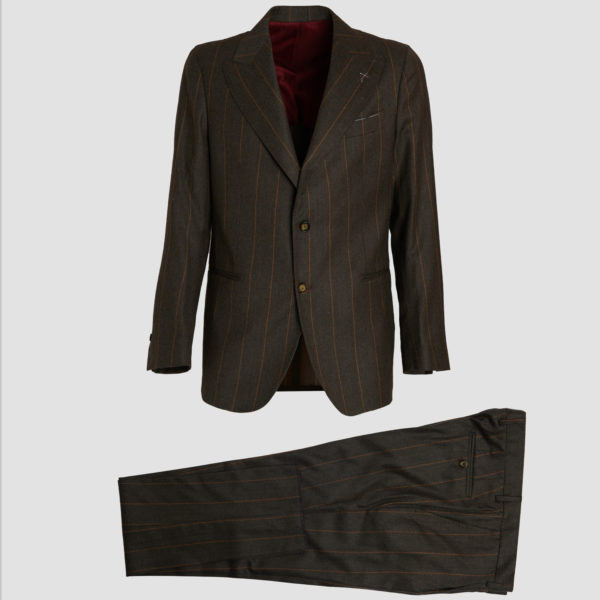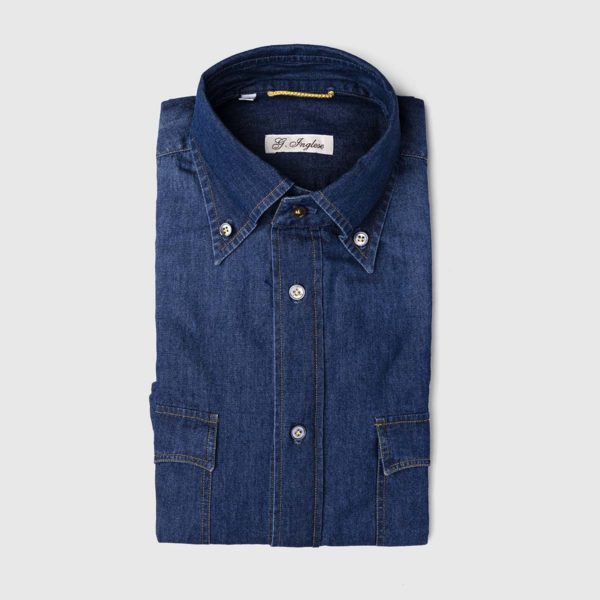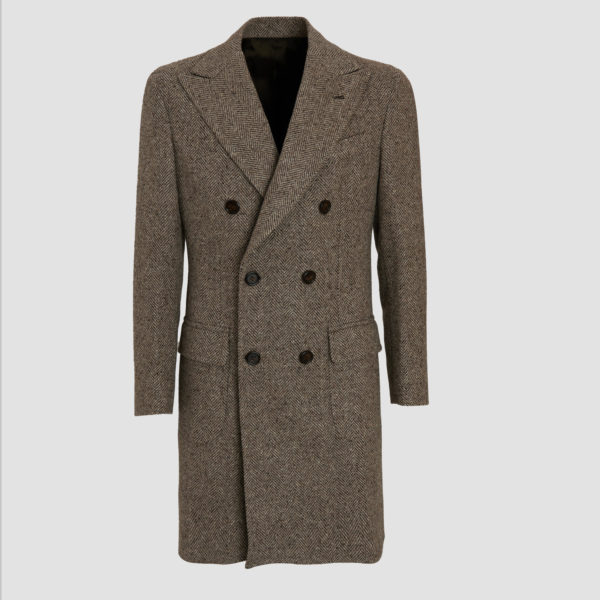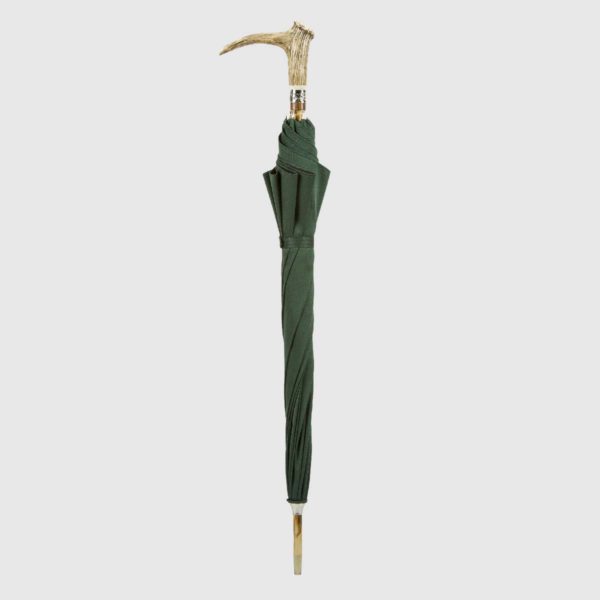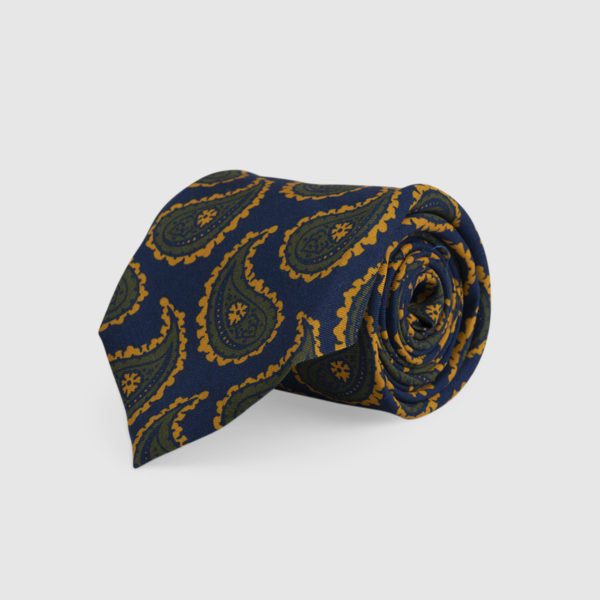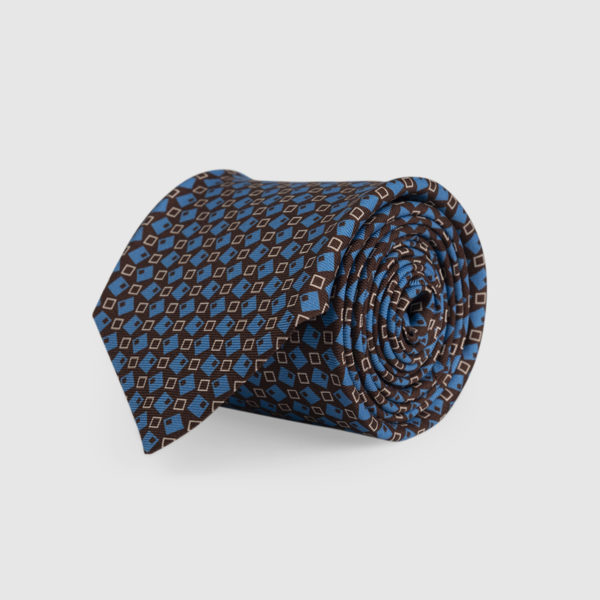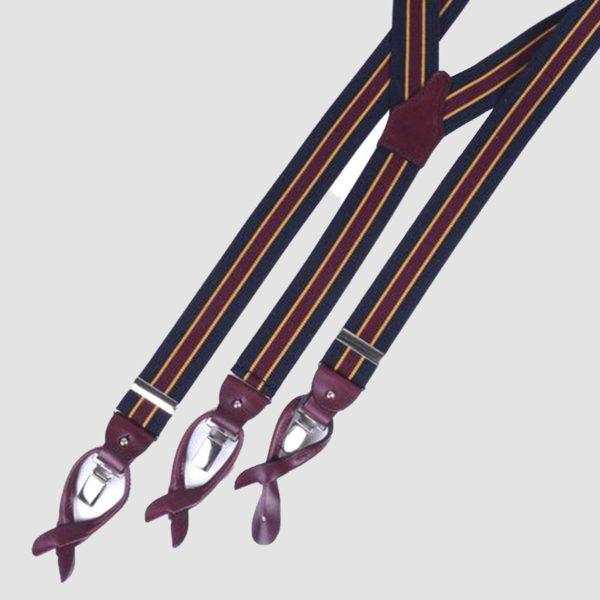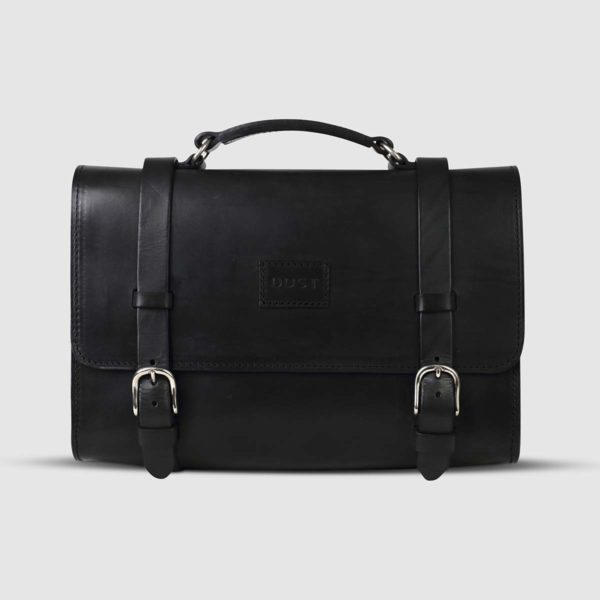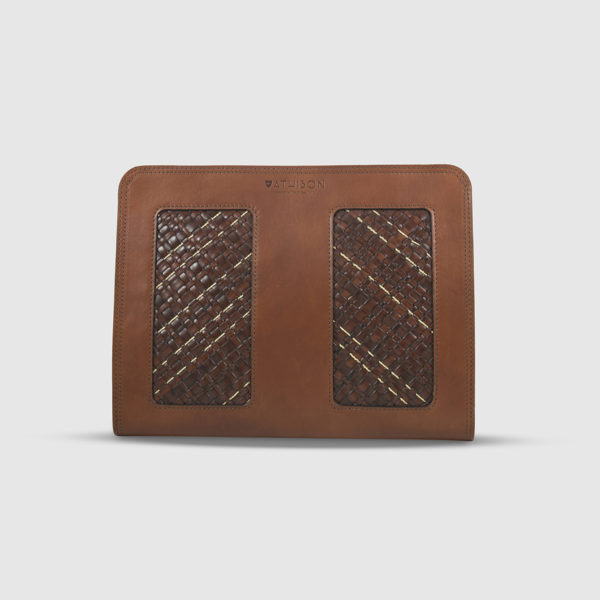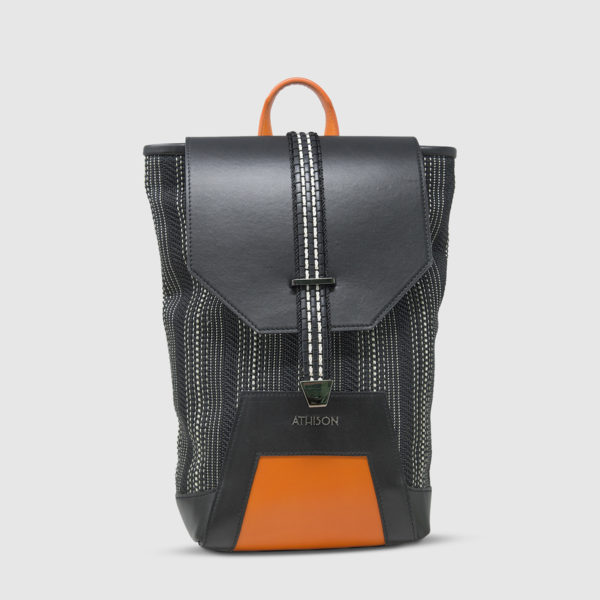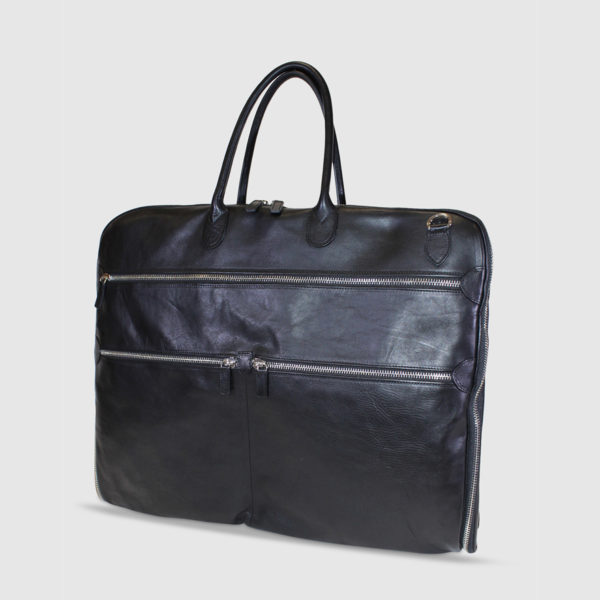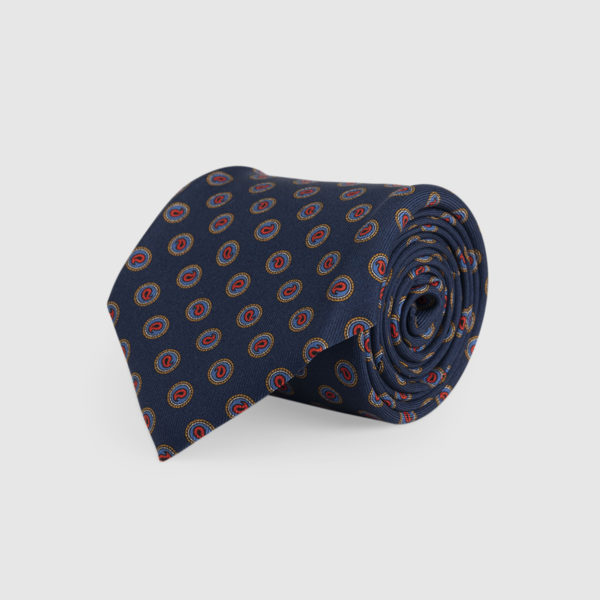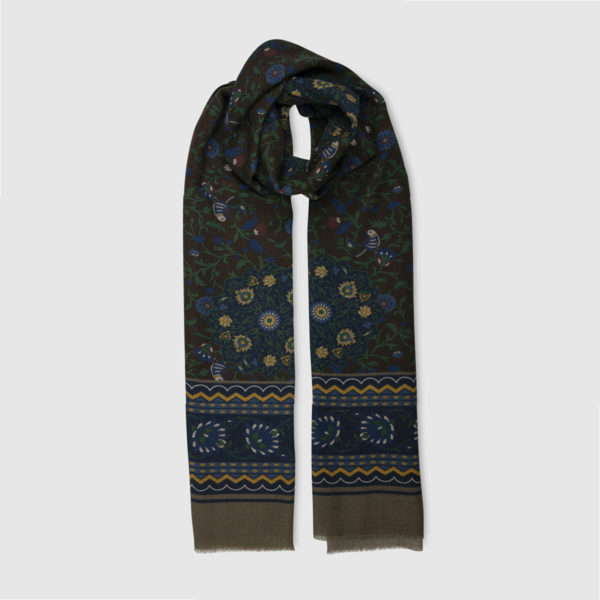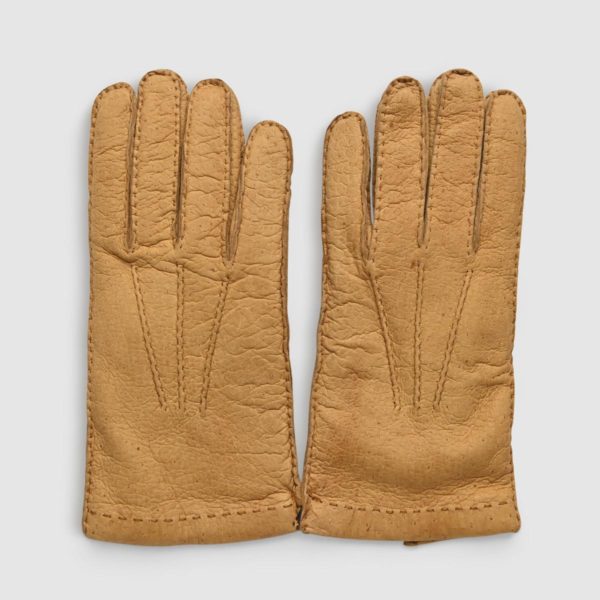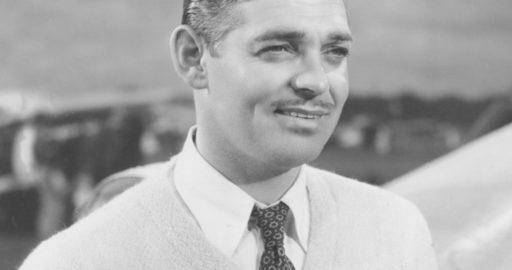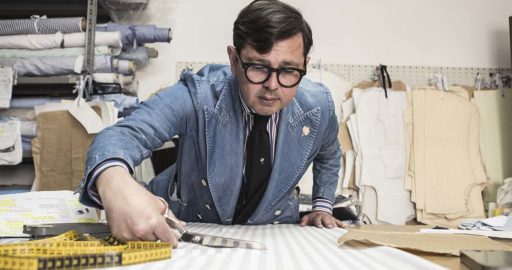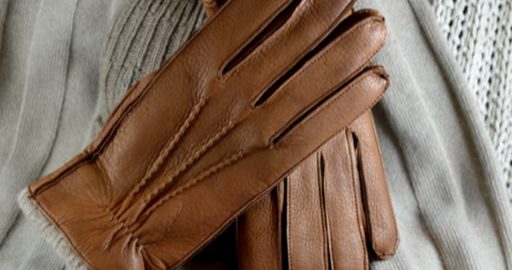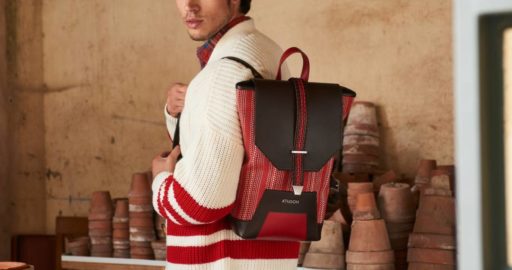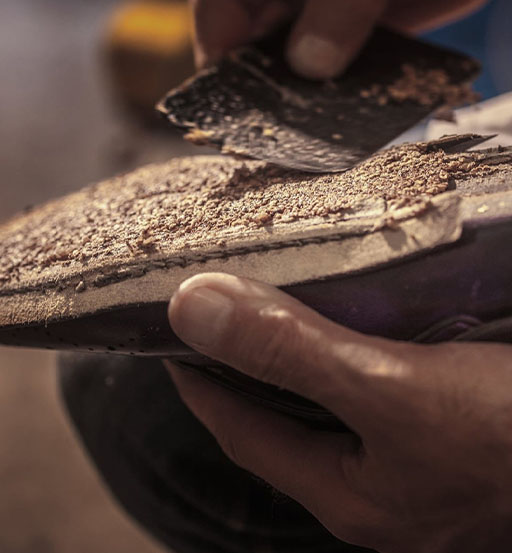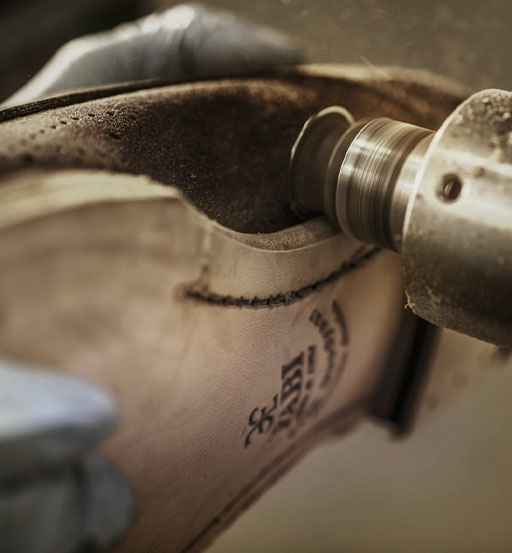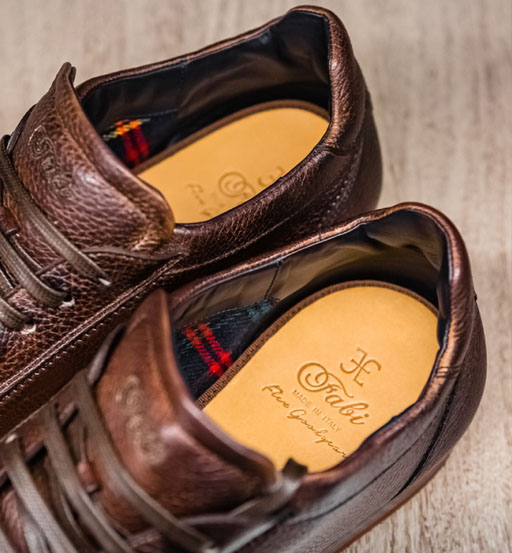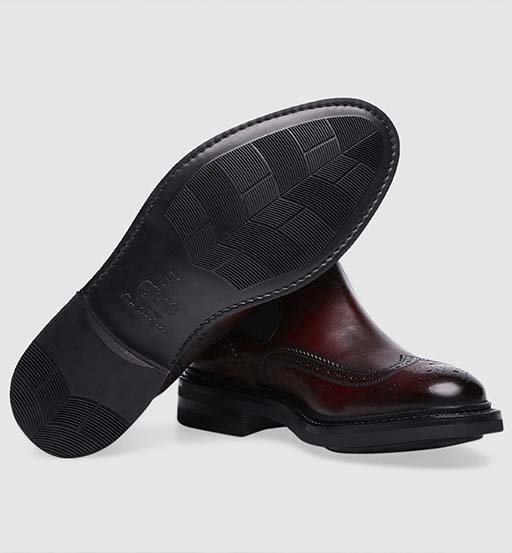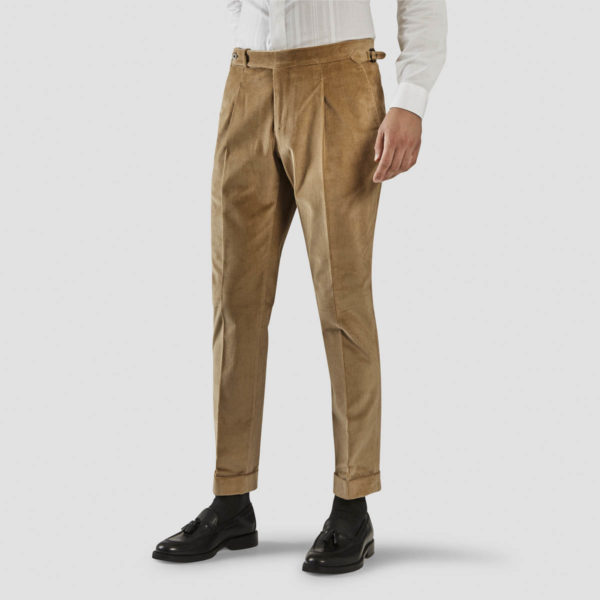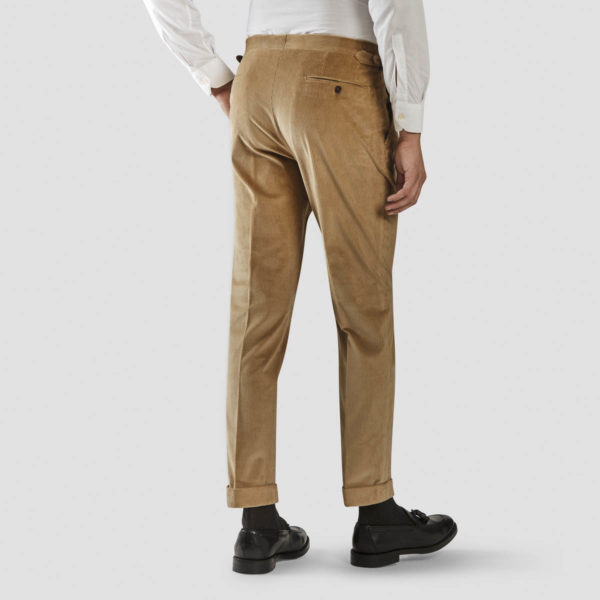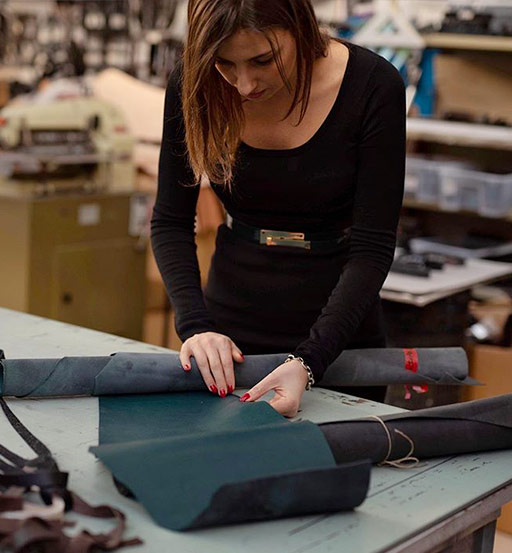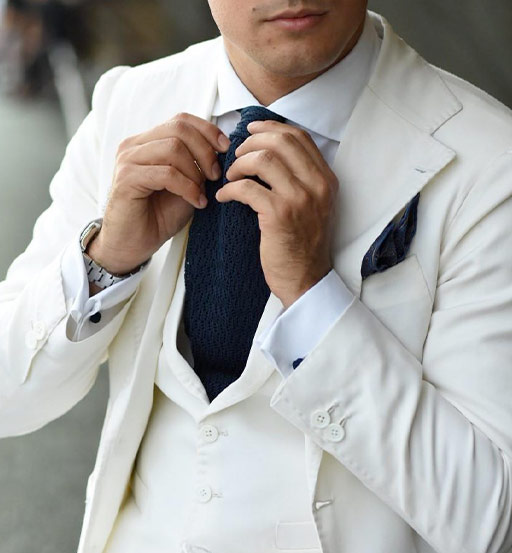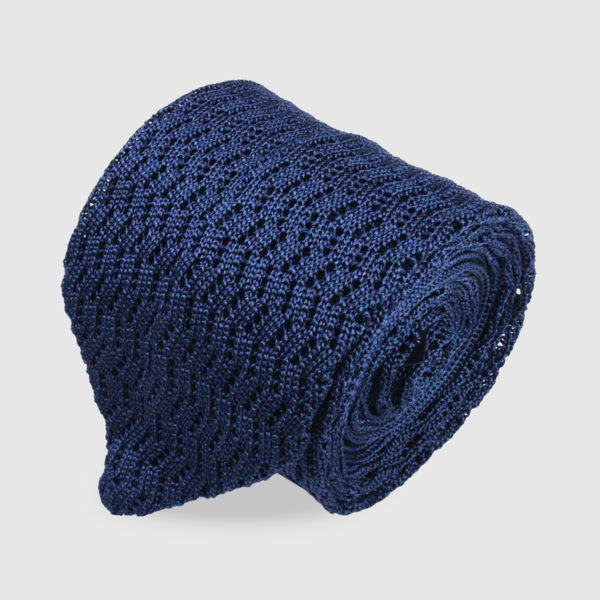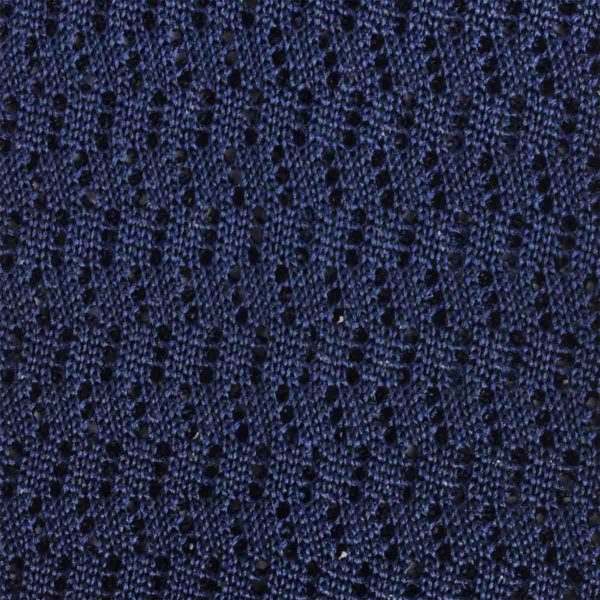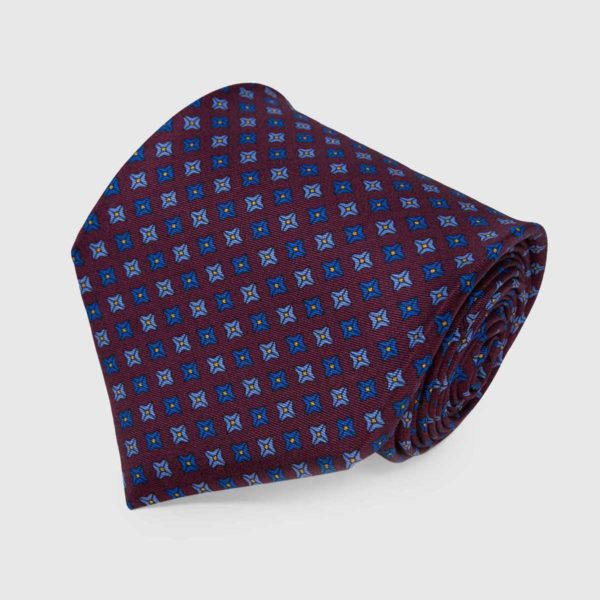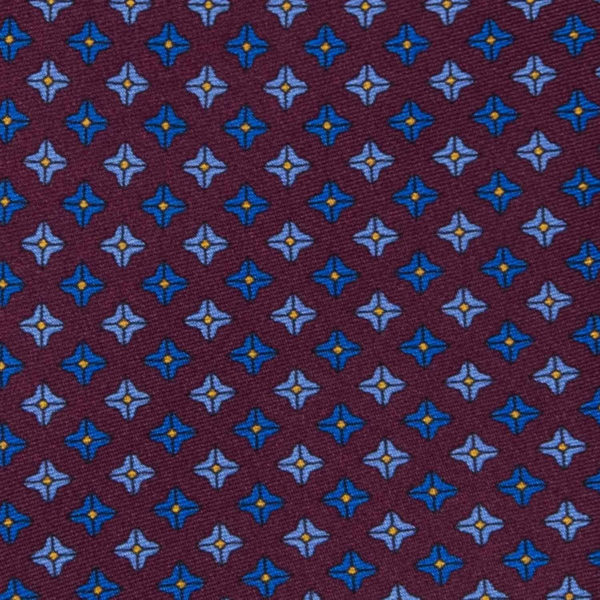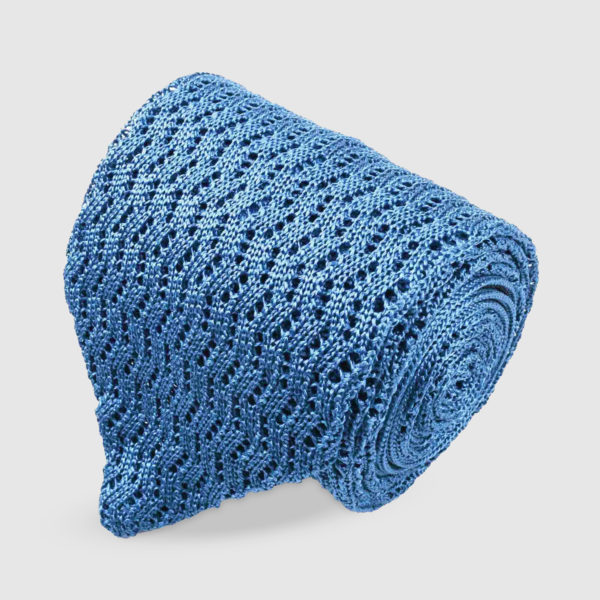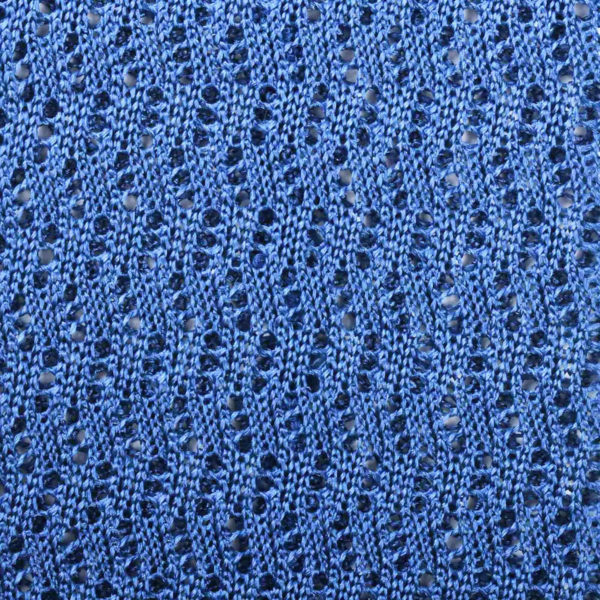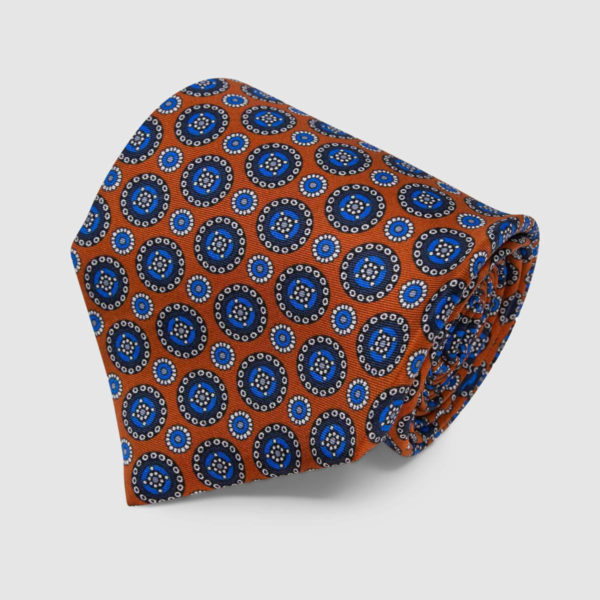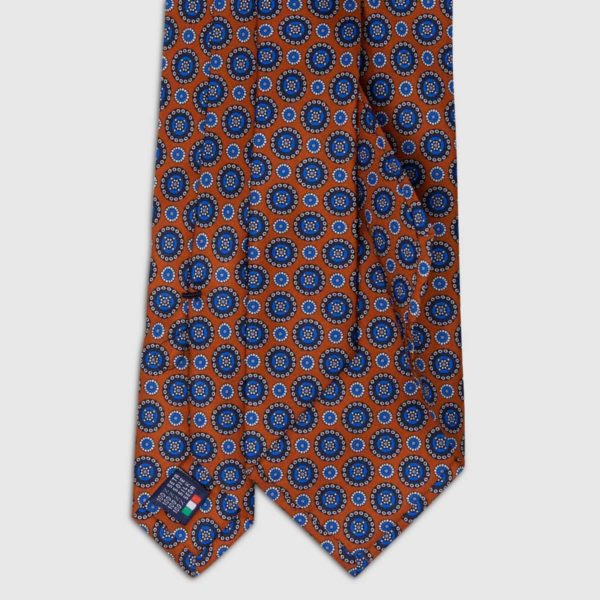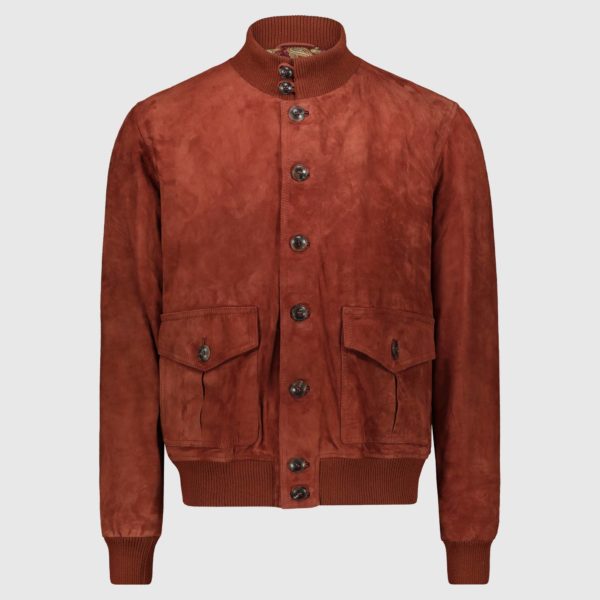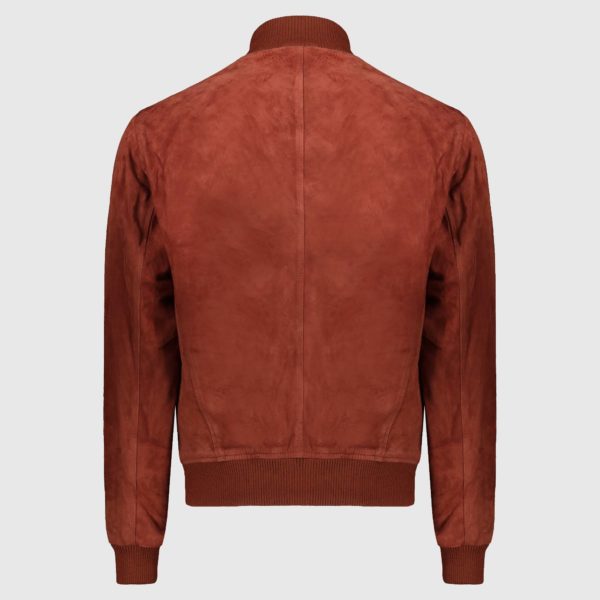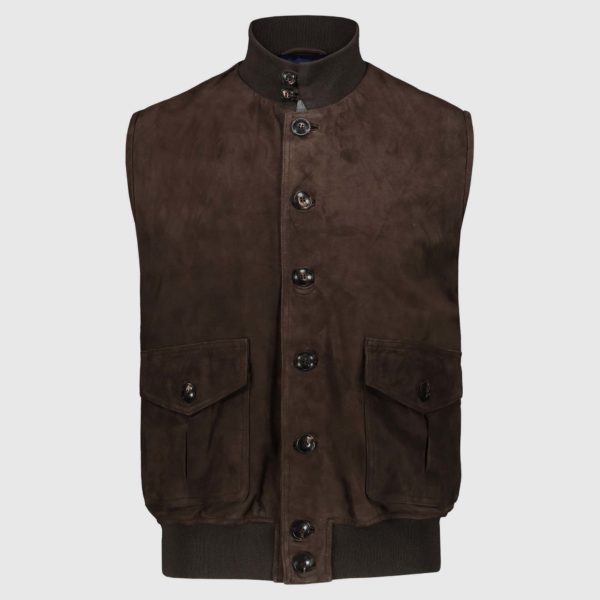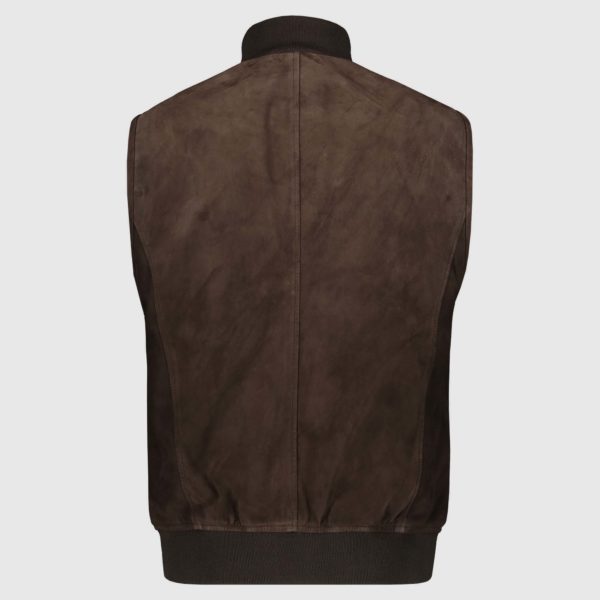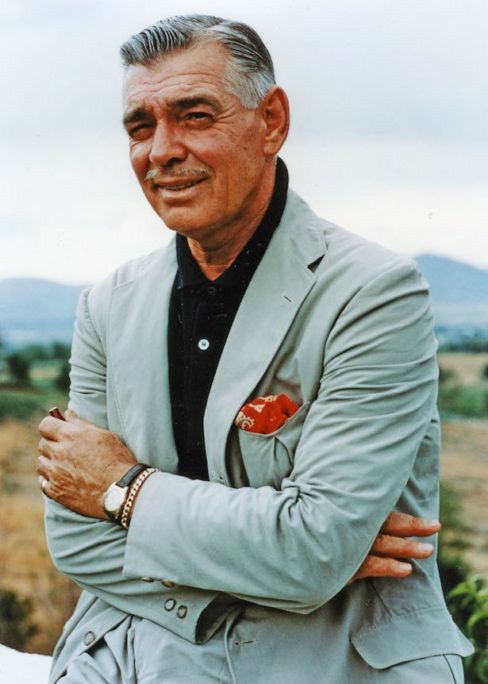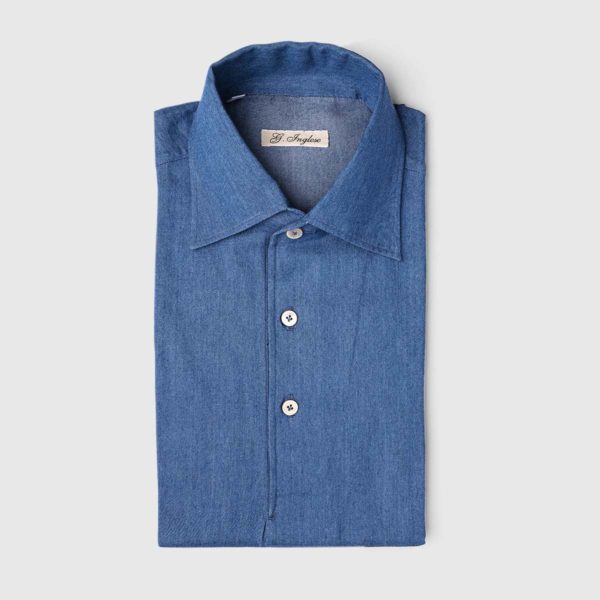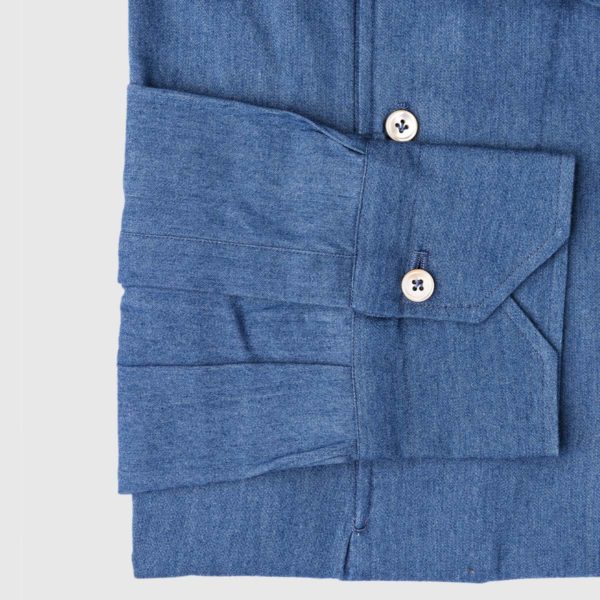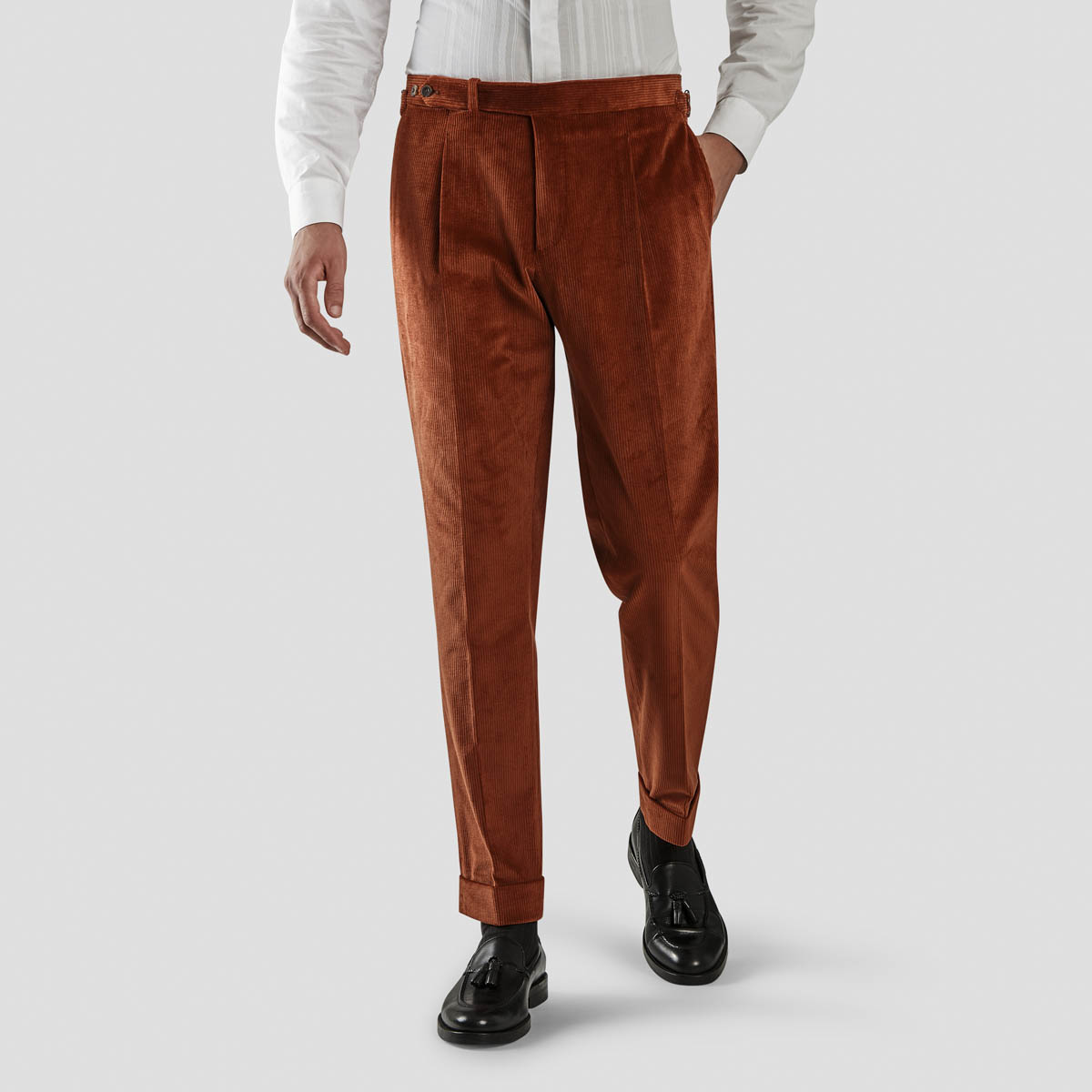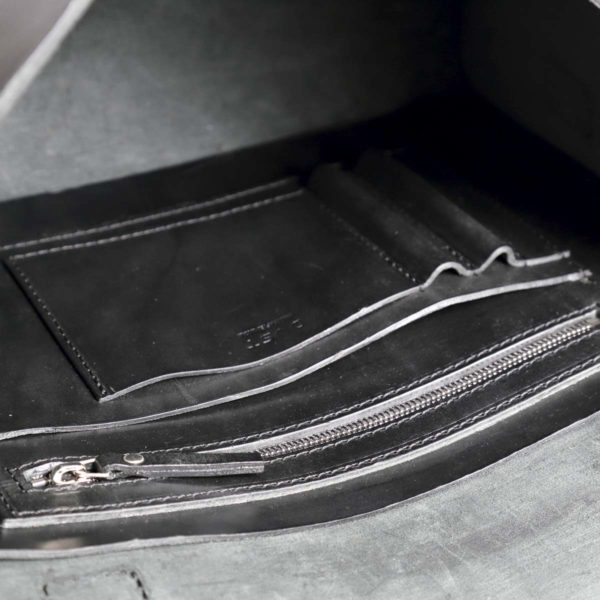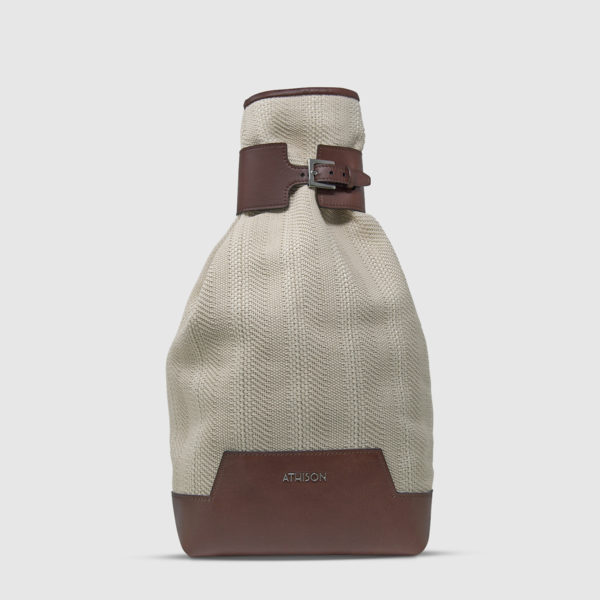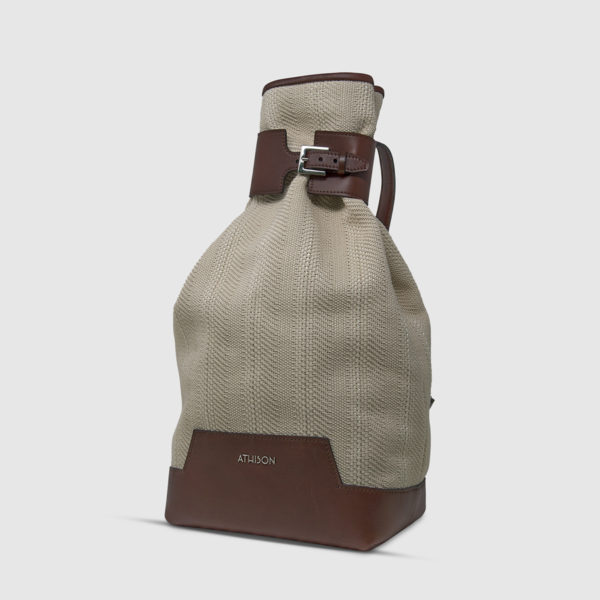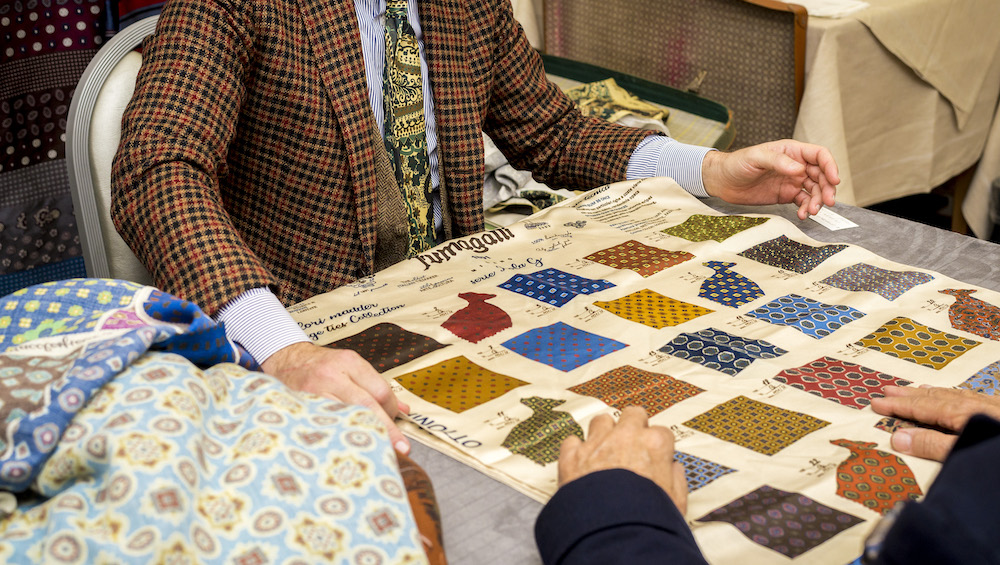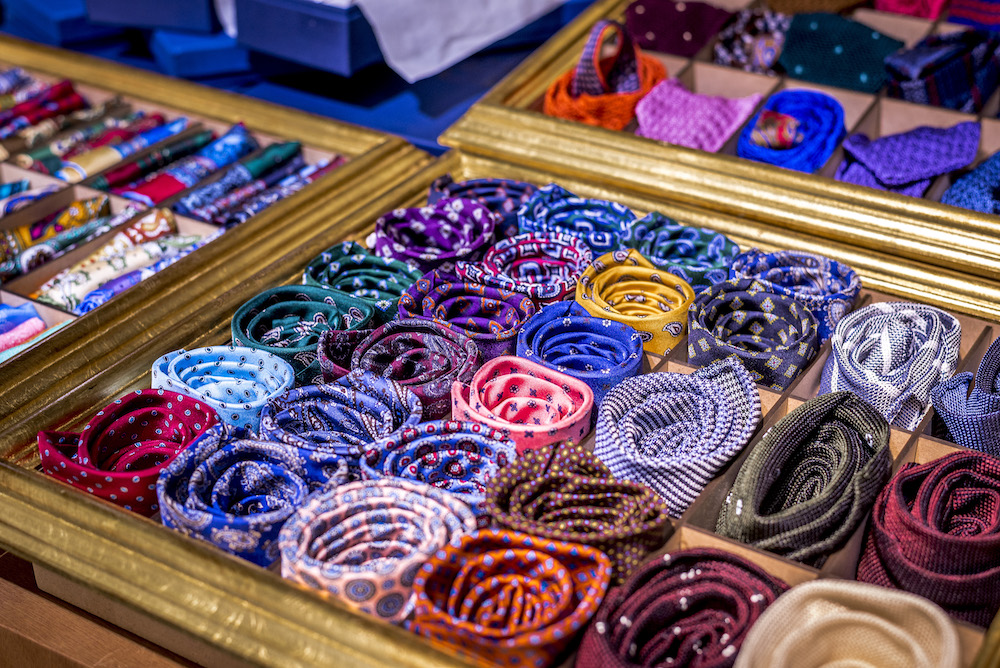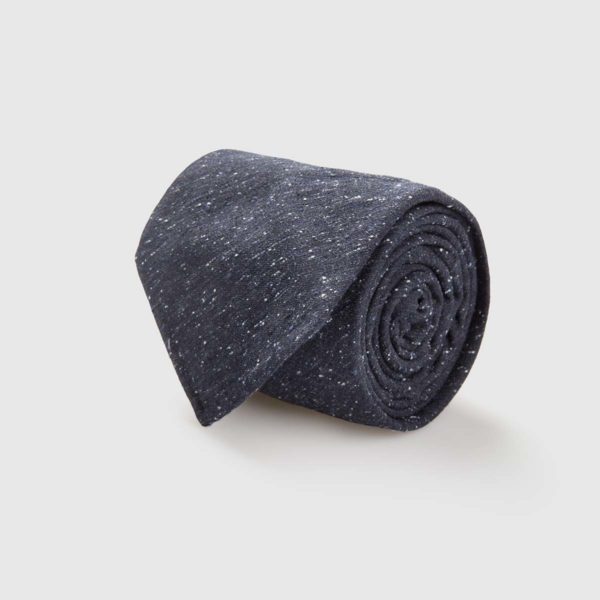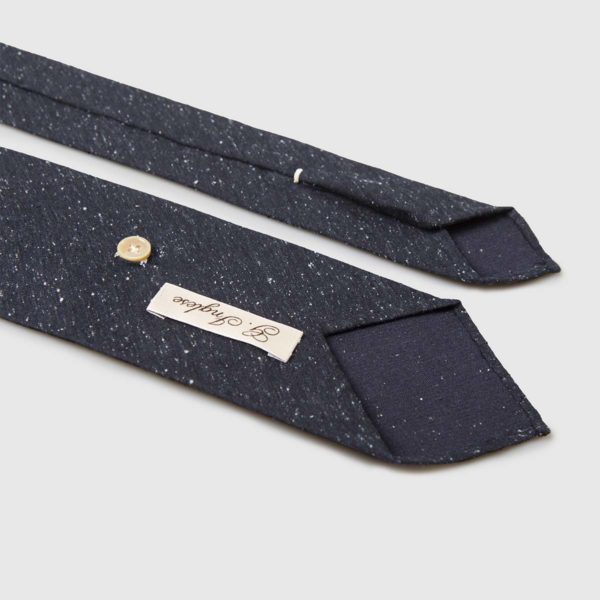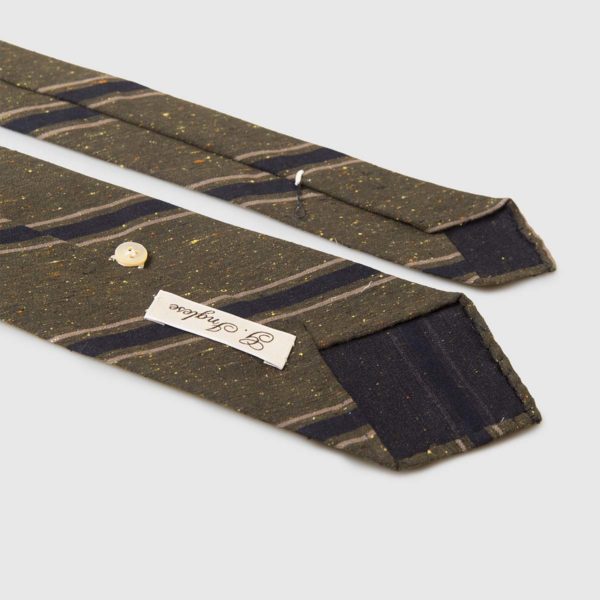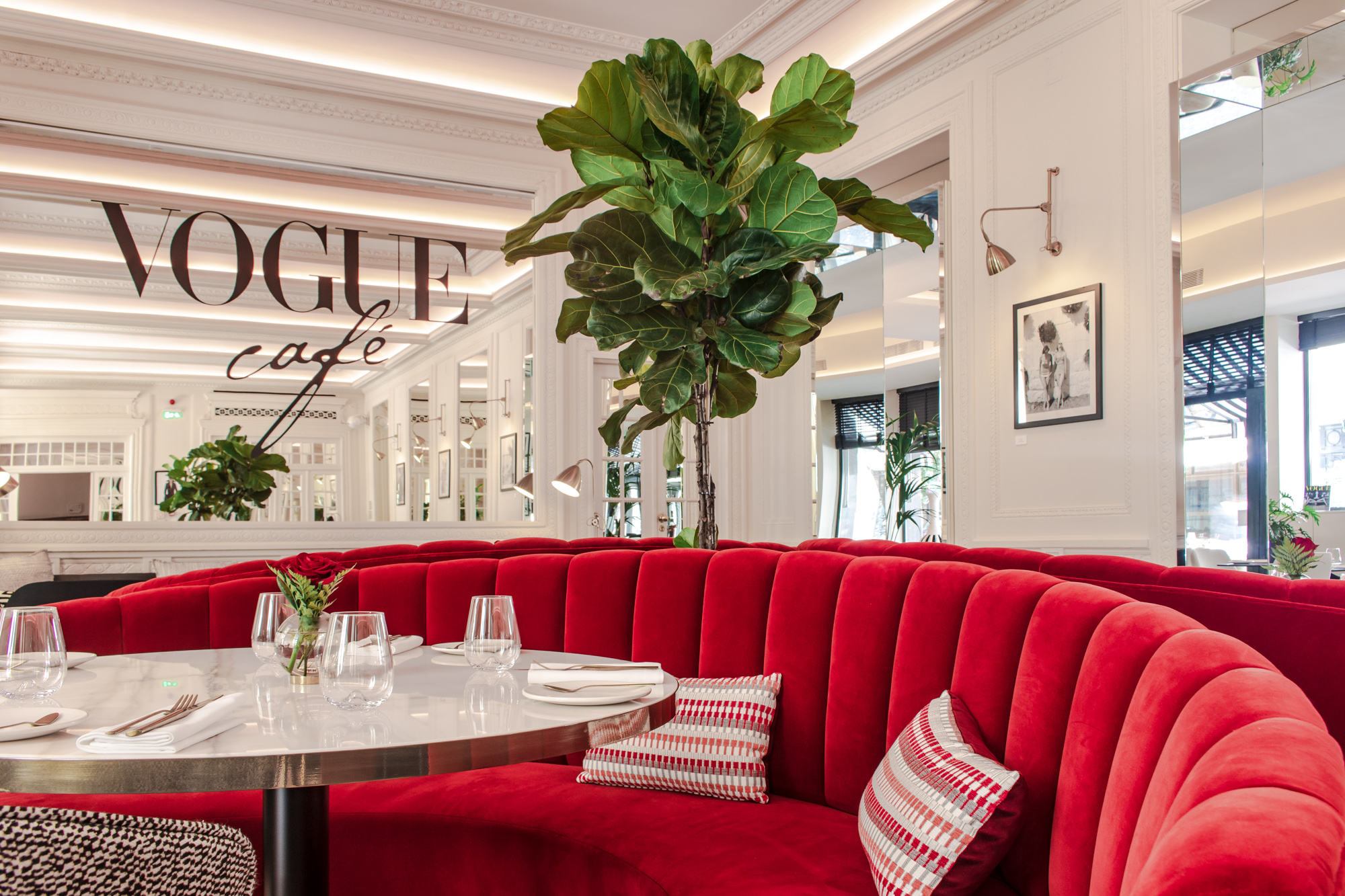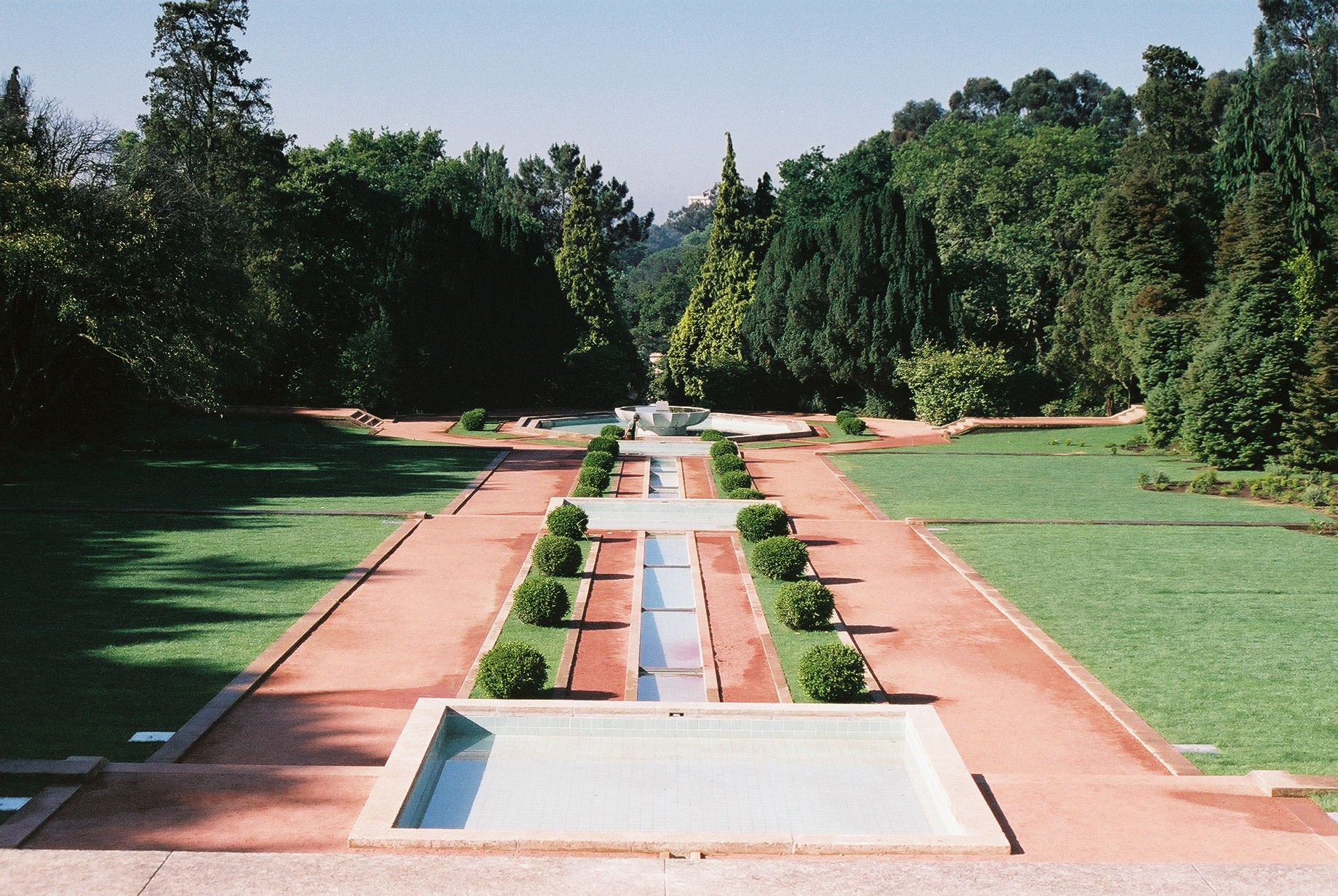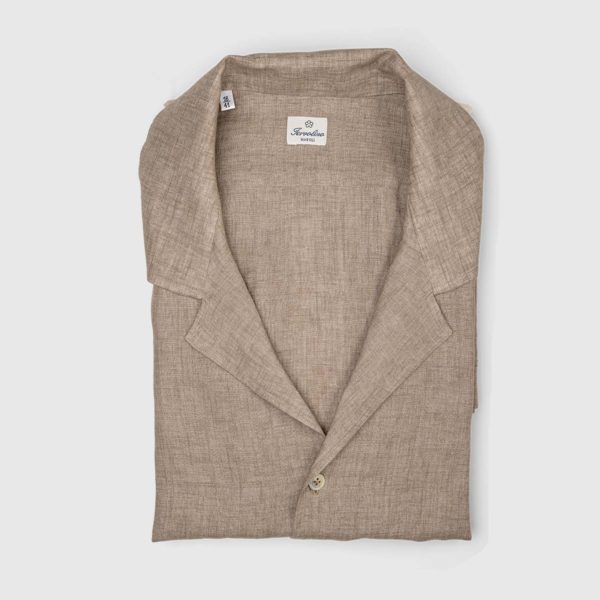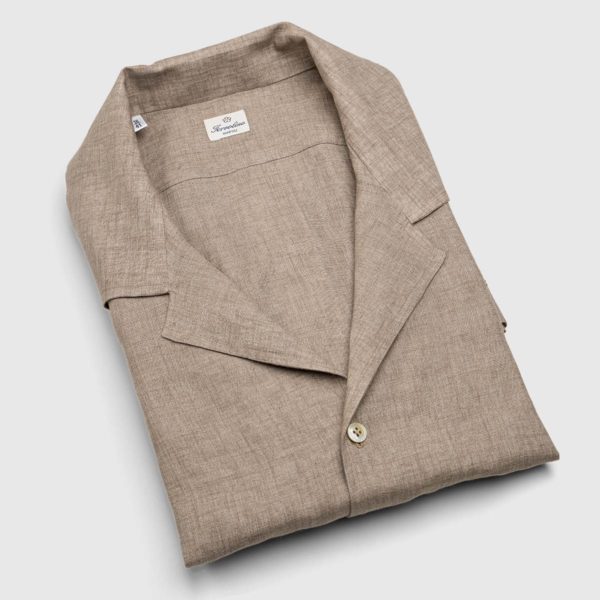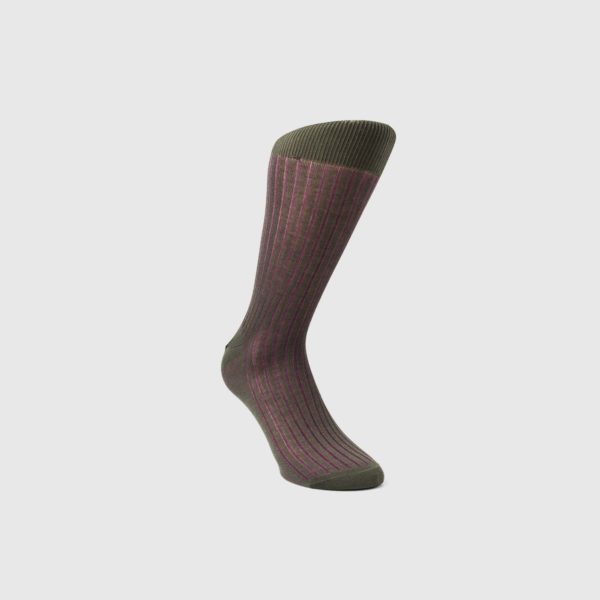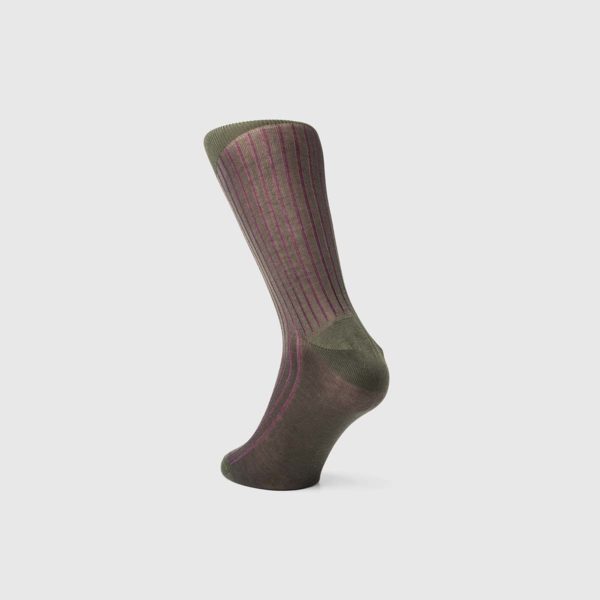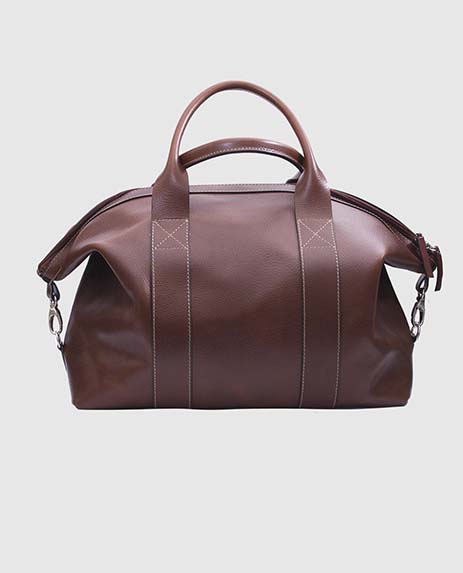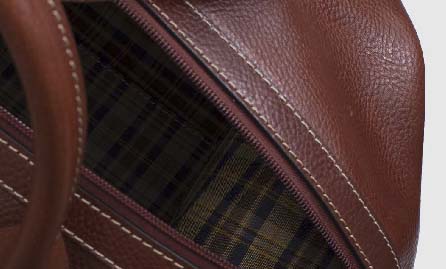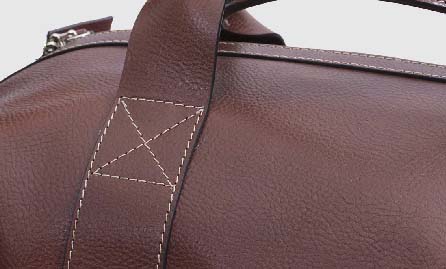The coat of arms of the city of Porto proudly attests to being “ancient, very noble, always loyal, and undefeated”. Indeed there is a warmth about the city its inhabitants want you to cherish. It’s the kind of place where if you happened to approach someone in the street to ask directions you could easily end up having dinner with them, dancing late into the night or at the very least sharing a glass of the city’s finest export, port wine.
Sure, Porto oozes history on every corner, its churches, streets and even its railway station are a testament to it, festooned as they are with eye-popping azulejo tiles, but it has its finger firmly on the 21st-Century pulse. You’ll stumble upon a host of unexpected finds. From former shopping centers taken over by musicians who repurpose old shops as rehearsal studios; abandoned warehouses metamorphosed into cool concept stores and curated spaces; edgy street art, to beautifully manicured gardens and fantasy glass palaces, all imbibed with characteristic Portuguese love and dedication. I guarantee a three-day trip will sow the seed of a lifelong love affair and leave you pining for a return before you’ve even left.
Impress the locals by ordering a cimbalino (coffee) to accompany your pastel de nata at Vogue Café, a joint initiative between The Fladgate Partnership (of Taylor’s port fame) and luxury publisher Condé Nast. Attached to the Infante do Sagres hotel in downtown Porto, it boasts exquisite décor which feels like it has been lifted directly from the pages of the iconic magazine. Open daily 12-11pm.
The Gastronomic Experience offered up by 2-Michelin starred chef Ricardo Costa at The Yeatman is a sensational 12-course affair showcasing minimal interpretations from a genre powerfully influenced by surf’n’turf, as well as crafting food artistry from Portugal’s rich bounty of regional ingredients. As views go, it’s hard to beat the 180-degree panorama of Porto’s glittering cityscape spread across the facing river bank. The notion of table time limits don’t exist here thankfully, leaving you to leisurely savour each and every delicious morsel, totally unhurried.
Complete a memorable evening by stopping off for a nightcap at nearby Enoteca 17.56, a chic wine bar owned by Port producer Real Companhia Velha. Not only does it possess dreamy views back across the River Douro towards Porto, but there’s even an interactive museum on the lower level which charts two centuries worth of port production.
Make a beeline for Foz, a chi-chi ocean-facing neighbourhood where people-watching is a prerequisite. Sunday’s were designed for ambling around the bounteous grounds of Serralves, the green lung of Porto, a cultural institution designed by Álvaro Siza Vieira, a salmon pink Art Deco edifice which would not look out of place on Miami’s Ocean Drive. Have a relaxed lunch on the terrace at Praia da Luz, overlooking the Atlantic Ocean rollers, before spending the afternoon reclined on a sun lounger on the beach sipping on white port tonics.
Those in the know head to neighbouring Matosinhos for dinner — gravitating towards Rua Heróis de França, hailed as the finest street on which to eat fresh fish in the whole of Portugal. Beat a path to the supremely old school Salta O Muro for mouth-watering octopus rice, glistening sardines, and sole — a rarity to experience fresh, but here in the north it’s the norm. Wash it all down with a bottle of Muralhas de Monção, a crisp, slightly spritzig white Vinho Verde from the eponymous white wine-producing wine region which resides between Porto and the Spanish border.
Add a WoW factor to the start of the new week by heading to the recently opened World of Wine in Vila Nova de Gaia just across the Douro river from Porto. Ideally walk there from the Cais Ribeira navigating a path across Porto’s iconic Dom Luís I Bridge, designed by a student of Gustav Eiffel. When CEO of the Fladgate Partnership Adrian Bridge was considering ways to extend the tourist season in Porto he dreamt up the idea of World of Wine. Costing a cool €100 million, the 8.5-acre site sees the total regeneration of former port wine warehouses already in Fladgate’s possession at the foot of The Yeatman. It celebrates not only Portugal’s contribution to port and table wine, but also cork and olive oil, not forgetting its influence on the fashion industry as an acclaimed producer of clothing and footwear. Speaking of which, menswear aficionados will be in their element in Quarteirão Bombarda, specifically the backstreets in and around Rua Miguel Bombarda where cool vintage clothing, local designer’s ateliers, cutting edge art galleries and quirky bars and eateries abound. Be sure to visit the Jardins do Palácio de Cristal en route, which, as well as affording panoramic vistas of the River Douro, this botanical garden is one of Porto’s most cherished hideaways — boasting beautifully lavish lawns interwoven with sun-dappled paths fringed by cascading fountains, sculptures, and elaborate magnolias.
Stopping for a tea (of which there are over 300 different varieties) at boho Rota do Chá, is an absolute must. Created by Miguel Ortigão in 2003, it’s located within an old house on Rua Miguel Bombarda — a mystical oasis of inner-city charm which boasts one of the most beautiful gardens in the city: a place which overwhelms your senses to such a degree that you could be forgiven for thinking you were somewhere far more exotic like the Orient – from which it’s interiors take such divine inspiration.
Porto’s temperate oceanic climate ensures pleasantly warm and sunny summers. With this in mind, light layers are the order of the day.
Three jackets and a suede gilet will see you through all eventualities for a stylish weekend. A navy patch-pocket blazer can be alternated elegantly with a yellow or green Bengal stripe shirt, while a double-breasted check jacket will add pizzazz over a Chambray denim shirt.
Two pairs of high-waisted trousers — in teal and white — will pair seamlessly, particularly as the white pair will double up with the navy jacket too. Save the jackets for pre-dinner evening strolls along the quayside, and wear suspenders with an open-neck shirt and trousers during the day time to eschew a sophisticated, yet relaxed vibe.
Each garment can be accessorised for a more elevated evening appearance with the addition of patterned pocket-squares and silk scarves. The navy jacket needs something more elaborately colourful in the breast pocket, while a simple folded white square will add a nonchalant nuance to the check jacket.
For something slightly less formal, try an unstructured Sahariana jacket in a neutral beige to compliment all the other hues contained in your weekend bag. A brown suede gilet is an equally effective layer.
If I had to pack one pair of shoes, it would be brown tassel loafers, which look the part either dressed up or down, even with tailored shorts.
 0
0



